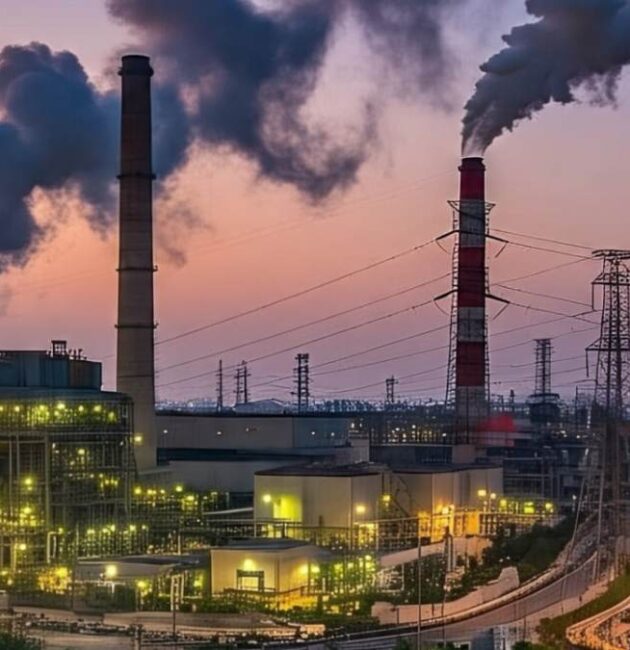We all are aware of Indian government’s efforts in Renewable Energy Sector. India is marching ahead with lot of achievements. On the other side to save mother Earth India is committed for the energy transition as well. Among all these what we should know about is India’s evolution in power sector.
India’s power generation landscape has undergone a remarkable transformation over the years. From coal-dominated beginnings to a growing share of renewables, the country’s energy mix reflects its evolving priorities and rising demand. This video takes you through key data, trends, and milestones in power generation across various sources. Here we present the data along with the key milestones of the most populated contry.
Power Generation in Billion Megawatt-hour (1956-2023)
Sourse wise data of Power Generation in India
If you talk about various sources, India’s power generation comes from a diverse mix of sources, each playing a critical role in meeting the country’s growing energy demands. Thermal Plats means Coal remains the dominant source, contributing the largest share due to its wide availability and established infrastructure. However, Renewable Energy Sources (RES)—including solar, wind, and hydro—has seen significant growth in recent years, driven by environmental goals and policy support. Natural gas and nuclear power also contribute smaller but important shares, especially for balancing load and ensuring grid stability. This evolving energy mix reflects India’s transition towards a more sustainable and secure power sector.
Milestones of India in Energy Sector
| Year | Milestone |
| 1948 | Enactment of Electricity (Supply) Act, 1948; establishment of the Central Electricity Authority (CEA) and State Electricity Boards. |
| 1950–60 | Expansion of State Grids and introduction of 220 kV voltage level. |
| 1964 | Formation of Regional Electricity Boards for integrated regional grid operations. |
| 1965–73 | Interconnection of State Grids to establish Regional Grid Systems. |
| 1977 | Introduction of 400 kV voltage level. |
| 1980–88 | Development of Regional Grid Systems aligned with Central Sector Generation. |
| 1989 | Commissioning of HVDC back-to-back system. |
| 1990 | Introduction of HVDC bi-pole transmission line. |
| 1992 | Eastern and North-Eastern Regions synchronously linked via Birpara–Salakati 220 kV D/C transmission line. |
| 1999 | Transmission planning shifted towards a unified all-India power system. |
| 2000 | Rollout of 765 kV transmission lines (initially energized at 400 kV). |
| 2003 | Electricity Act 2003 enacted; ABT and real-time settlement mechanism implemented nationwide. WR synchronously interconnected with ER–NER via 400 kV Rourkela–Raipur D/C line; commissioning of Talcher–Kolar HVDC link (2000 MW). |
| 2004 | Introduction of open access in power transmission. |
| 2006 | NR synchronously interconnected with ER–NER–WR system, forming the NEW grid via Muzaffarpur–Gorakhpur 400 kV D/C line. |
| 2007 | NR–WR synchronization through Agra–Gwalior 765 kV S/C line (operated at 400 kV); 765 kV operation initiated for Sipat Substation and lines. |
| 2010 | POSOCO notified as an independent body for RLDC and NLDC operations. |
| 2011 | Nationwide implementation of Point-of-Connection (PoC) method for transmission charges and loss sharing. |
| 2013 | Southern Grid synchronously connected to the national grid via 765 kV Raichur–Solapur S/C line. |
| 2014 | Completion of Southern Grid synchronization with national grid in Dec 2014. |
| 2016 | NER directly linked with NR via ±800 kV, 6000 MW HVDC line from Bishwanath Chariali to Agra. |
| 2017 | Commissioning of 765 kV D/C Nizamabad–Hyderabad (Jul); +800 kV HVDC Champa–Kurukshetra Bipole-I and Alipurduar–Agra Bipole (Sep). |
| 2018 | Commissioning of 765 kV Jabalpur–Orai–Aligarh D/C IR system (Mar); Guidelines for cross-border electricity trade released (Dec). |
| 2019 | POWERGRID declared Maharatna CPSU (Oct); Commissioning of Srinagar–Leh Transmission System (Jan); Pole 3 of Champa–Kurukshetra HVDC Station (Nov). |
| 2020 | Launch of 11 REMCs (Feb); Completion of GEC-I and solar Ultra Mega Projects (by Jun); Commissioning of 765 kV lines and Raigarh–Pugalur HVDC Bipole link (Sept). |
| 2021 | Launch of POWERGRID InvIT (₹7,734.99 Cr); Commissioning of Raigarh–Pugalur HVDC Bipole-I; India’s first VSC-based HVDC terminals at Pugalur–North Thrissur; Vindhyachal–Varanasi 765 kV D/C inter-regional line (Jul). |
| 2022 | Commissioning of 765 kV D/C Dharamjaygarh–Raigarh (Jun) and 400 kV D/C Jeerat–Subhasgram (Aug); All 13 REMs operational. |
| 2023 | Major inter-regional and EHV lines commissioned including Warora–Warangal (665 ckm), Lakadia–Vadodara (670 ckm), Hyderabad–Kurnool, Warangal–Hyderabad, Bikaner–Khetri, Warangal–Chilakaluripeta, Koppal–Narendra, and Lower Subansiri–Biswanath; Approval of Green Energy Corridor Phase-II (13 GW Ladakh RE, ₹20,773.7 Cr project). |
| 2024 | MoU signed with ISRO to develop Spatial Decision Support System with geospatial tools and vegetation monitoring; Field trial of Substation Inspection Robot completed with IIT Kanpur. |




